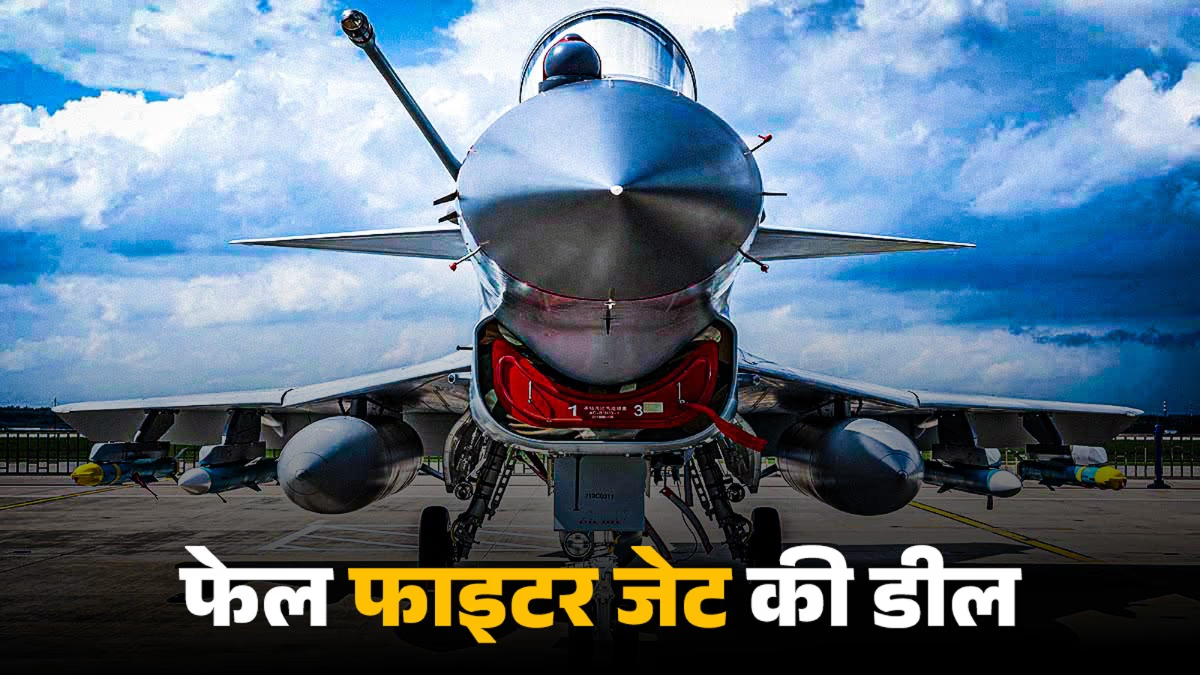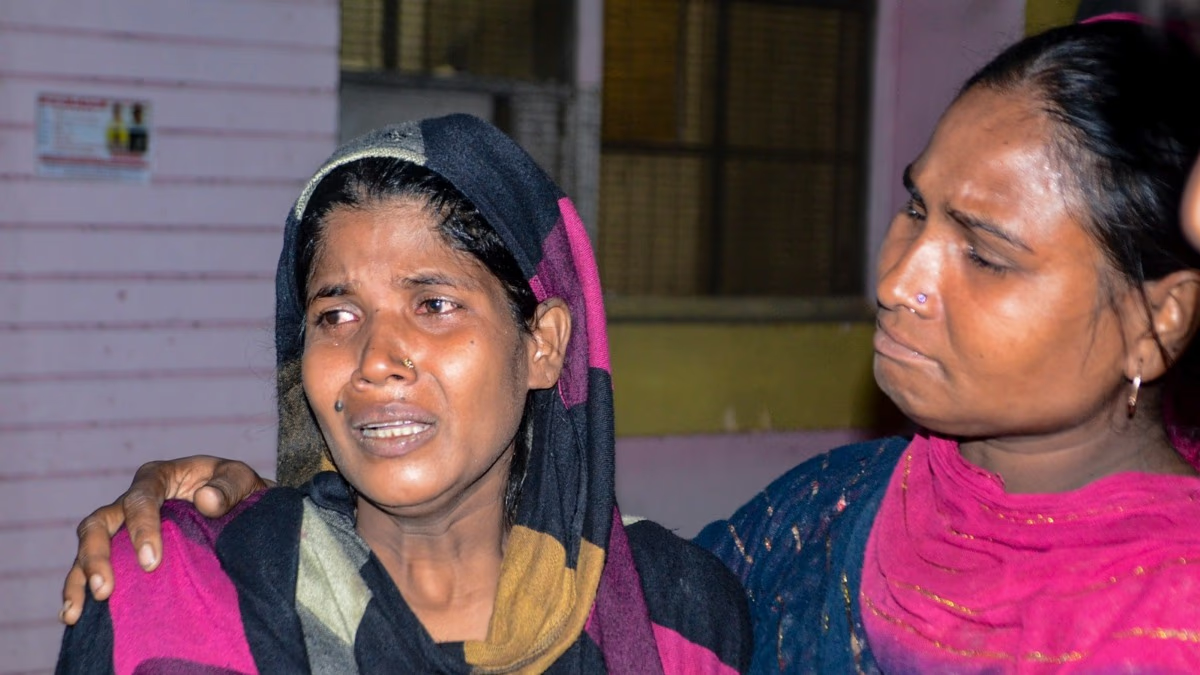In May 2025, during the four-day military clash, Operation Sindoor between India and Pakistan highlighted the failure of the Chinese J-10CE fighter jets. Nonetheless, Bangladesh is now considering acquiring these jets. A deal worth $2.2 billion for 20 J-10CE jets has been set, sparking new concerns for India.
Operation Sindoor involved an airstrike by India against Pakistan in May 2025. The Indian Air Force (IAF) managed to shoot down 12-13 Pakistani Air Force (PAF) jets, including 4-5 F-16s. The overall performance of the J-10CE jets was poor.
Read also: Dangerous 'Dhavni' Missile Ready—Range Covers New Terrorist Bases in Pakistan
Open-source intelligence (OSINT) reports suggested that a PAF J-10CE jet crash-landed during the operation, akin to a crash. Some reports cited this as either pilot error or stress. Overall, Chinese weaponry showed numerous failures, particularly in radar systems and missile guidance.
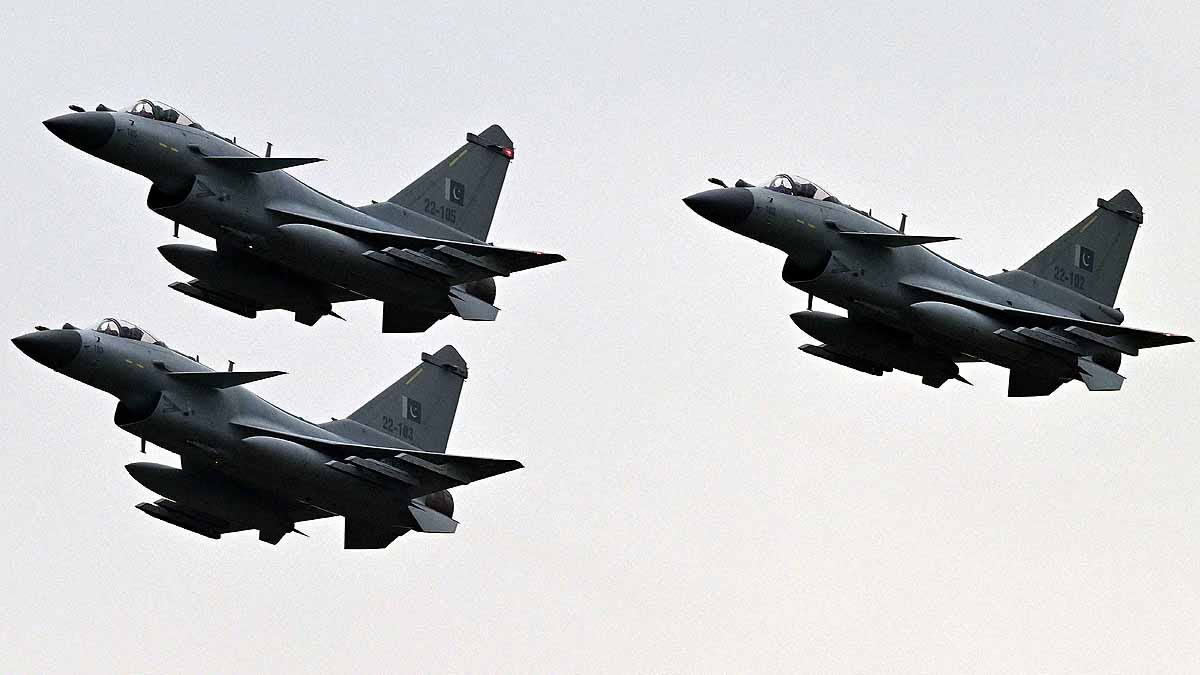
Source: aajtak
Pakistan claimed its Chinese weapons performed well, but heavy losses suggested otherwise. This operation exposed vulnerabilities within Chinese technology.
Despite the setbacks in Operation Sindoor, Bangladesh is betting on modernizing its air force with the J-10CE. The $2.2 billion deal includes training, maintenance, and other expenses. The J-10CE is the export version of China's J-10C—a fast, multi-role fighter jet.
Read also: New Challenge for India... US to Provide AMRAAM Missiles to PAK, China to Supply Fighter Jets to Bangladesh
Capable of air-to-air and air-to-ground strikes, each jet costs about $60 million, totaling $1.2 billion for 20 jets. The remaining $820 million will be allocated for training and shipping. Deliveries are expected in 2026-2027, with payments spread over ten years until 2036.
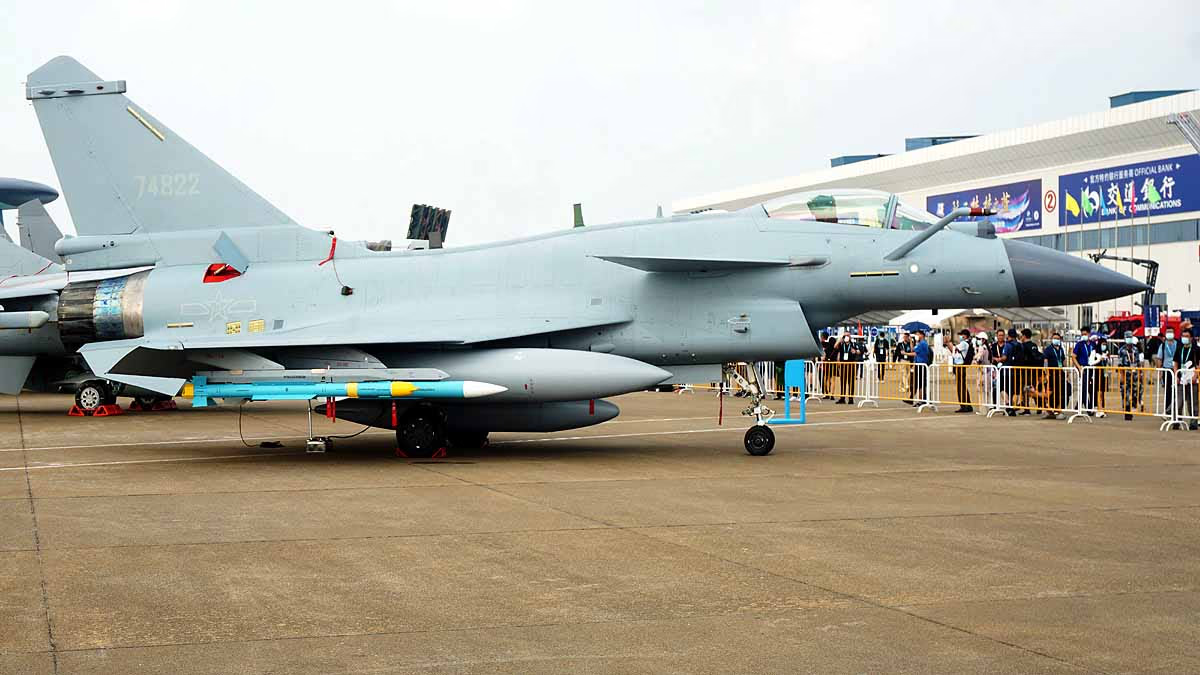
Source: aajtak
Bangladesh has not yet officially announced the deal. Currently, the Bangladesh Air Force possesses 212 aircraft, including 44 fighters—most being 36 older Chinese F-7s from the Cold War era. Modern jets include eight MiG-29Bs and several Russian Yak-130s meant for light attacks.
The J-10CE is set to replace these aging machines, strengthening national air defense. Recently, a Bangladeshi F-7 jet crashed, underscoring persistent issues with Chinese weaponry, yet Bangladesh remains reliant on China.
This deal rings alarm bells for India, as Bangladesh's enhanced air power could threaten India's eastern border. The J-10CE's failure in Operation Sindoor highlights concerns. With Bangladesh acquiring these jets, India could face a third front, compounded by China arming neighbors like Bangladesh to encircle India.
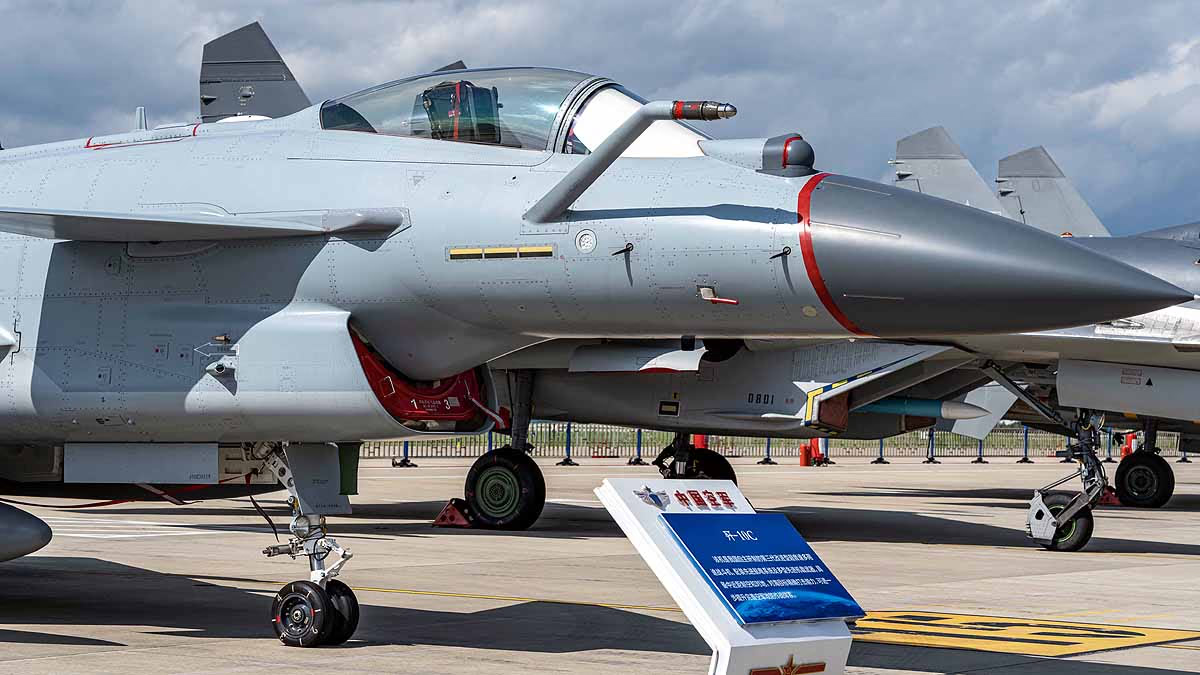
Source: aajtak
The USA is also providing Pakistan with AMRAAM missiles, increasing tensions in South Asia. Experts suggest India needs to upgrade its systems like Rafale and S-400 while managing diplomacy with neighbors.
The J-10C is a slightly improved fourth-generation fighter jet known for its capabilities in air-to-air and air-to-ground combat. Equipped with advanced avionics and AESA radar, the jet can carry a variety of weapons. It is manufactured by Chengdu Aircraft Industry and is piloted by a single operator.
Read also: 'Operation Sindoor Revealed: 10 Pakistani Jets Shot Down Including F-16, JF-17', Reveals Air Force Chief
The jet is 55.5 feet long with a 32.2-foot wingspan.
The maximum takeoff weight is 19,227 kilograms.
It can reach a maximum altitude of 50,000 feet.
The combat range is 550 kilometers, with a full range of 1850 kilometers.
It achieves a maximum speed of 2205 km/hr.
It holds 4950 liters of internal fuel, extendable with three drop tanks.
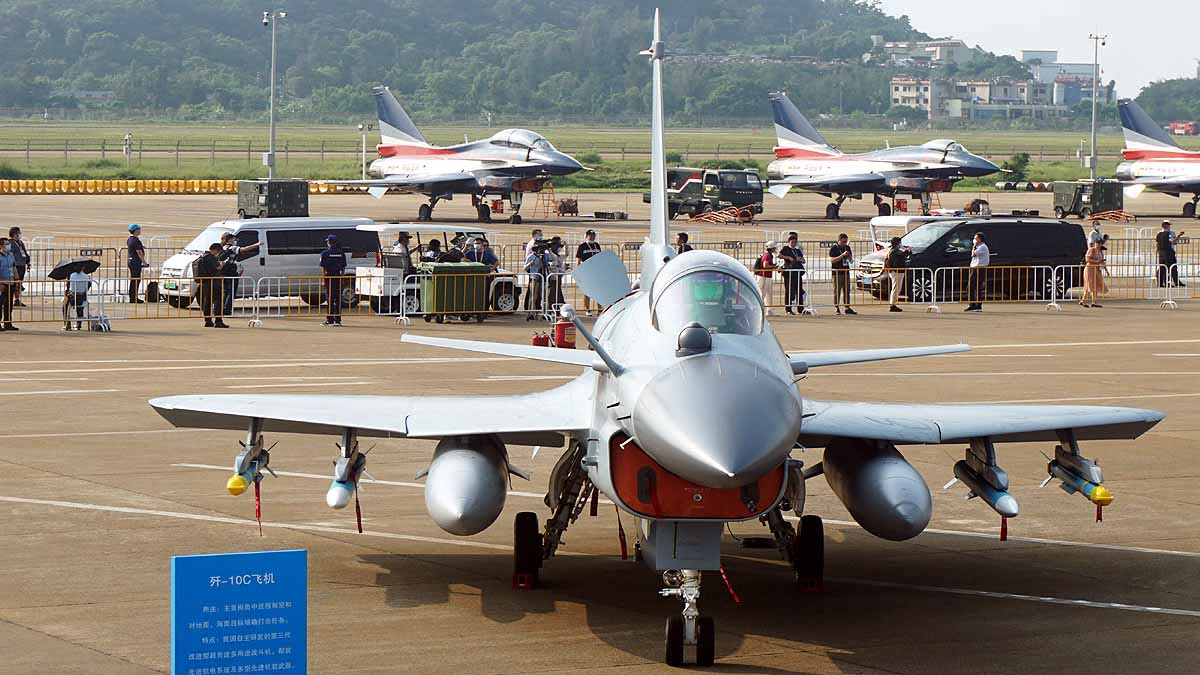
Source: aajtak
The jet is equipped with a 23mm GSh-23 cannon and has 11 hardpoints for weapon attachment. It can also carry 90mm unguided rocket pods. Additionally, it can house four types of air-to-air missiles or two types of air-to-surface missiles, such as the KD-88 standoff land attack missile and YJ-91 anti-radiation missile.
Options include laser-guided bombs, glide bombs, satellite-guided bombs, and unguided bombs, or a combination, tailored to mission requirements. Deploying this fighter near the Indian border would put all three branches of the Indian military on high alert.
